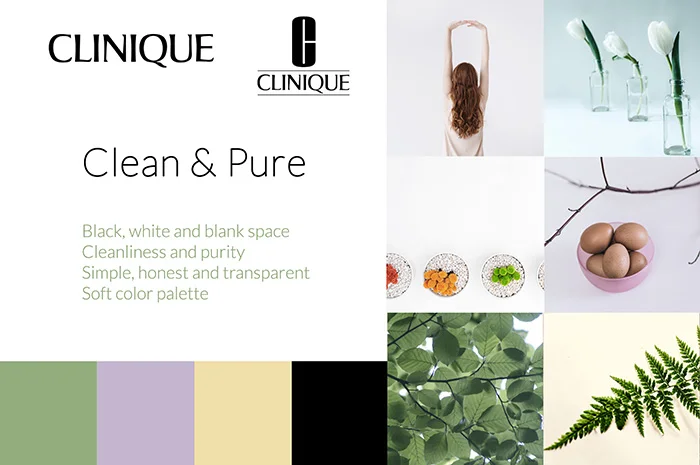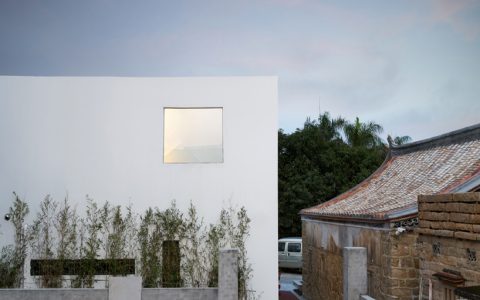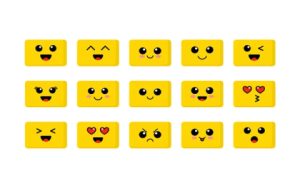Choosing the right color scheme is fundamental to creating a hair salon environment that is both aesthetically pleasing and functionally effective. The palette influences client mood, brand perception, and even how hair colors appear.
Understanding the Impact of Color Psychology
Colors evoke emotions and set the tone:
- Calming & Serene: Soft blues, greens, lavenders, warm neutrals. Ideal for relaxation-focused services.
- Energetic & Modern: Crisp whites, charcoal greys, pops of bright accent colors (yellow, coral, teal). Creates a vibrant, contemporary feel.
- Warm & Inviting: Beiges, taupes, soft terracottas, warm whites. Excellent for fostering comfort and approachability.
- Luxurious & Sophisticated: Deep charcoals, jewel tones (emerald, sapphire), metallic accents (gold, bronze). Conveys high-end appeal.
Core Color Scheme Strategies
1. Neutral Dominance with Accents
Use timeless neutrals (white, grey, greige, taupe, beige) for 60-70% of surfaces (walls, large furniture). This creates a clean, adaptable backdrop. Add 20-30% in a complementary neutral or subtle tone. Reserve 10-15% for strategic pops of an accent color – station walls, chair upholstery, decor elements.

- Example Palettes: Warm Grey + Taupe + Blush Pink; Crisp White + Light Grey + Mustard Yellow; Beige + Greige + Deep Teal.
2. Nature-Inspired Schemes
Earthy tones promote tranquility and an organic feel. Combine greens (sage, olive), browns (walnut, taupe), blues (sky, muted teal), and off-whites. Ensure sufficient contrast to avoid flatness.
- Example Palettes: Sage Green + Cream + Natural Wood Tones; Deep Slate Blue + Warm Beige + Brass Accents.
3. Bold Monochromatic or Duotone
For high-impact, modern salons. Choose one saturated color and use its varying shades, tints, and tones throughout. Alternatively, pair two strong contrasting colors decisively.
- Example Palettes: Shades of Blush Pink; Charcoal Grey + Vibrant Coral; Navy Blue + Gold.
4. Cool vs. Warm Undertone Focus
Establish a cohesive mood by sticking predominantly to undertones:
- Cool: Grays with blue undertones, icy whites, blues, purples.
- Warm: Beiges with yellow/red undertones, creams, terracottas, warm woods.
- Example Palette: Crisp Cool White + Ice Grey + Silver Accents.
Critical Considerations for Salons
- Lighting is Crucial: Always test paint samples under your salon's actual lighting (warm and cool bulbs, natural light). Colors shift dramatically. Bright lighting favors bold colors; dimmer settings suit deeper, richer tones.
- Reflection Matters: Mirrors amplify light and color intensity. Lighter ceilings help bounce light effectively.
- Brand Alignment: Colors must reinforce your salon's brand identity (e.g., playful, luxurious, eco-friendly).
- Hair Color Rendering: Avoid strong wall colors directly surrounding the styling chair that could cast unwanted tones onto the client's hair. Neutral or carefully considered backgrounds are safest near mirrors.
- Durability: Choose finishes that are easy to clean and resist fading from strong salon lighting.
- Flow & Zones: Maintain cohesion, but subtle shifts in intensity (e.g., lighter reception, slightly richer treatment room) can define areas.
Recommended Action Steps
- Define your brand mood (e.g., calm luxury, vibrant energy).
- Select a core strategy from the options above.
- Choose 3-4 main colors adhering to the 60-30-10 rule.
- Source physical samples (paint, fabric, material).
- Test samples extensively under all salon lighting conditions.
- Observe how the colors look with skin tones and hair under lights before finalizing.







